The company’s net loss widened to 7.1 billion yuan (about USD 981 million) from 3.3 billion yuan a year earlier, according to a statement made to the Shenzhen Stock Exchange. Steel prices have dropped as market conditions weakened, but the cost of key inputs such as iron ore remains high, Angang said.
The steel industry, which has been supported by rapid industrialization and construction over the past two decades, is now facing a serious crisis. Chinese steelmakers have reportedly experienced severe declines in profitability due to the recession in the construction sector and rising debt levels. Data for the first two months of 2025 shows that the industry is still struggling, and new growth areas have failed to offset the downturn in the construction sector.
Increasing protectionism in the global steel trade is threatening China’s exports. Countries such as the US, India, and Vietnam have imposed tariffs on Chinese steel products, creating trade barriers. In particular, the US’s 25% tariff on steel imports from China, which took effect in March 2025, was considered a major blow to Chinese producers.
China produced over 1 billion tons of steel in 2024. However, experts say this level of production is unsustainable under current market conditions. Despite shrinking domestic demand, China’s steel exports reached 111 million tons in 2024, the highest level in nine years. This has raised concerns about oversupply in global markets.
Beijing has announced plans to impose production restrictions in 2025 to control overproduction in the sector. Experts suggest that state intervention and a recovery in steel prices could improve the financial situation of Angang and other major producers.


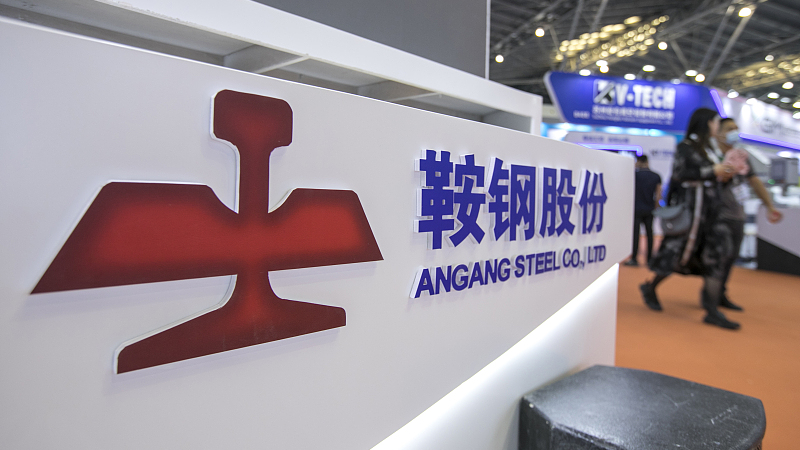

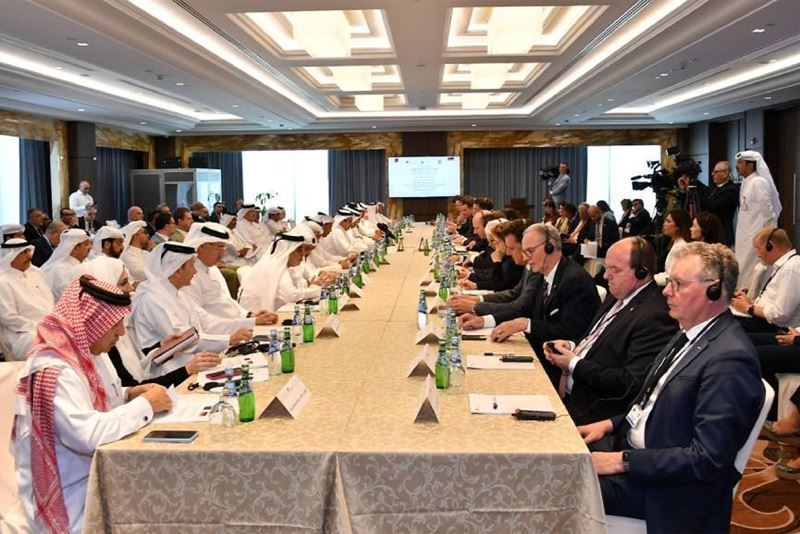
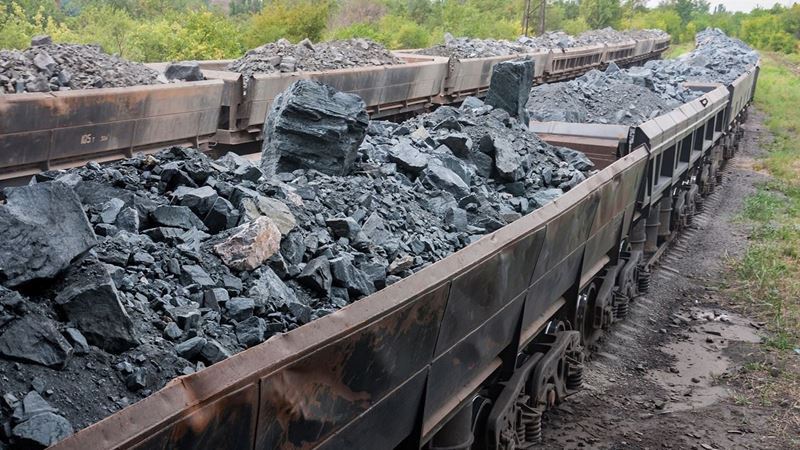
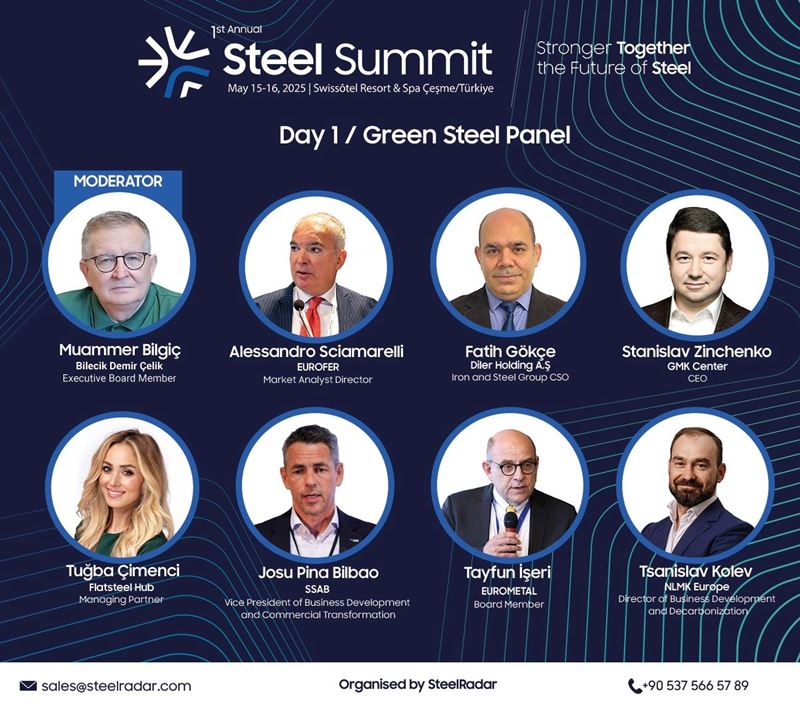
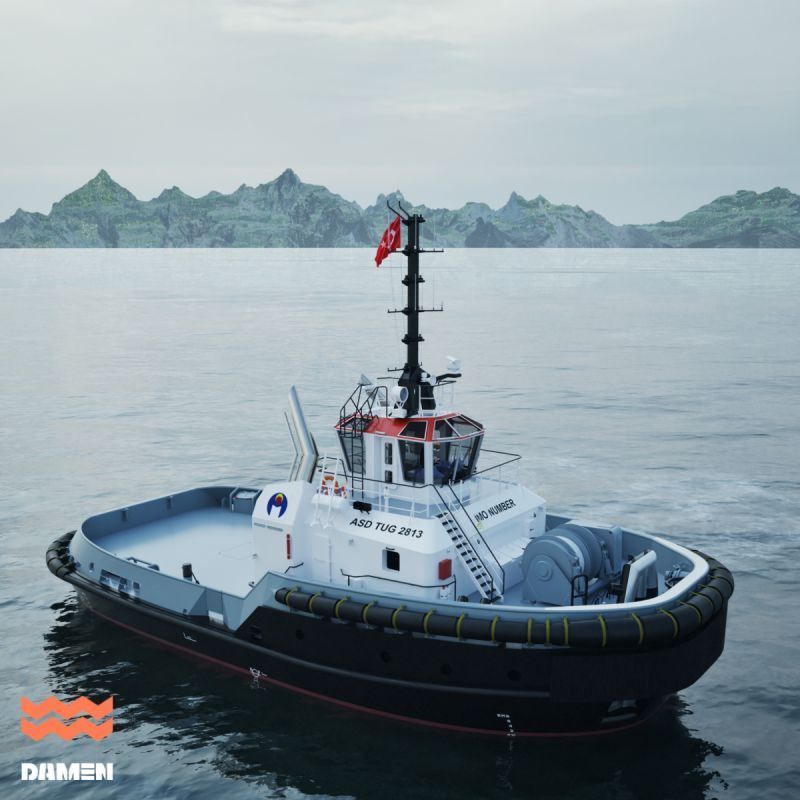



Comments
No comment yet.